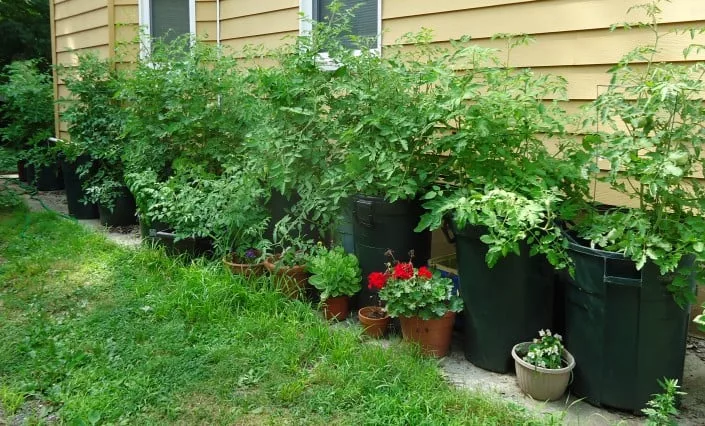The idea of practising agriculture is fast growing beyond having a farmland before you grow food for yourself, family and community. A growing trend is emerging where individuals are utilising unconventional items such as worn-out tyres, old/broken cisterns, containers and jerry cans, to create thriving gardens within their home compounds. Despite that some property challenges emerge in terms of compound management, many homes in the face of food scarcity are doing something to, at least, grow their vegetables. This innovative approach, not only maximises limited space, but also contributes to food security and promotes a satisfying sense of reaping what one has planted.
Gone are the days when agriculture was confined to vast fields and rural landscapes only. Today, people are realising the potentials of transforming small spaces within their compounds into productive gardens. By re-purposing items that would otherwise be discarded as waste, individuals are demonstrating resourcefulness and ingenuity in their pursuit of self-sufficiency. One example of this resourceful planting is the use of worn-out tyres as makeshift planters. By stacking tyres vertically or arranging them in rows, gardeners can create tiered gardens that make efficient use of vertical space. These tyre gardens are suitable for growing a variety of crops, including leafy greens like spinach, scent leaves, ewedu, and even small fruit-bearing plants such as tomatoes and peppers.
Similarly, old or broken cisterns can be repurposed as raised beds for growing vegetables and herbs. These containers provide a contained environment for plants to thrive, with the added benefit of easy access for watering and maintenance. With a little creativity and some basic gardening supplies, even the most unlikely objects can be transformed into productive growing spaces. In addition to providing a source of fresh produce, these homegrown gardens offer a satisfying feeling of satisfaction as individuals witness the fruits of their labour. There is a sense of pride that comes from nurturing plants from seedlings to maturity and harvesting a bountiful crop from one’s own backyard.
Furthermore, this trend towards innovative gardening is not limited to urban areas. Even in rural communities where land may be more readily available, people are embracing the idea of small-scale, intensive gardening as a means of supplementing their food supply and diversifying their income streams. In a country like Nigeria, where food security is a pressing issue and food price hike is eating into the incomes of people; initiatives like these are crucial for empowering individuals and communities to take control of their own food production. By promoting the idea that agriculture is not confined to large-scale farms, but can be practised in any available space, no matter how small, we are fostering a culture of self-reliance and resilience. The practice of utilising worn-out items to create productive gardens within home compounds is a testament to the resourcefulness and creativity resident in agriculture. By embracing this approach to gardening, individuals are not only providing for their own needs, but also contributing to the larger goal of achieving food security for all. There are no excuses for with a little innovation and determination, anyone can become a successful gardener, no matter the size of their space/compound.

